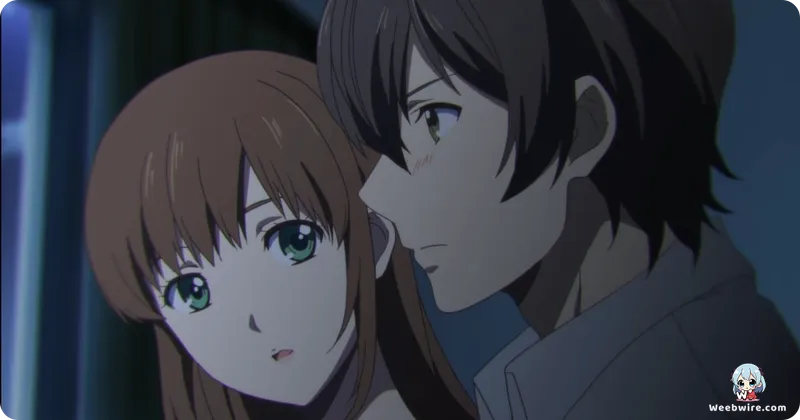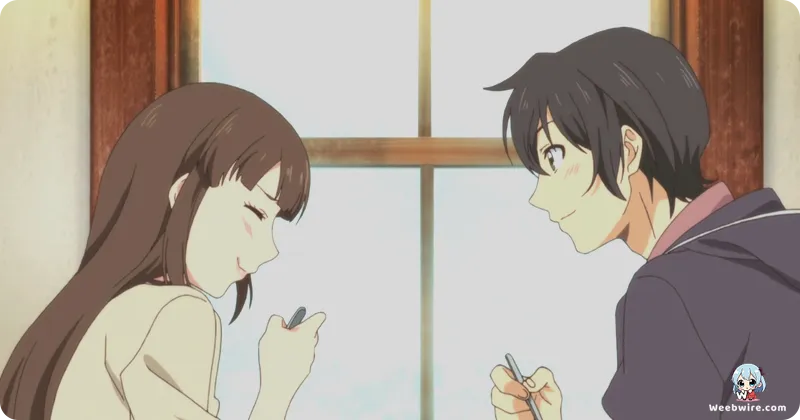Domestic Girlfriend: Unpacking the Enduring Phenomenon of Anime's Controversial Romance

Domestic Girlfriend, the captivating romance-drama that premiered in January 2019, continues to draw significant attention for its audacious premise and intricate character dynamics. Animated by studio diomedéa and adapted from Kei Sasuga's celebrated manga, the series quickly became a genre touchstone, sparking intense fan debates over its controversial themes. Beyond its immediate appeal, Domestic Girlfriend offers rich insights into its creation and impact.
The Adaptation's Challenge
A primary discussion point is the vast disparity between Sasuga's expansive 276-chapter manga and the anime's adaptation, which covered only the initial 73 chapters. This truncation meant anime-only viewers experienced just the genesis of Natsuo, Hina, and Rui's tumultuous journey, leaving substantial development and pivotal plot twists unexplored. While aiming to preserve animation quality, this left many narrative threads unresolved.
Kei Sasuga's Narrative Craft
Kei Sasuga, the series' creative force, is lauded for her mastery of intricate love triangles and profound human relationship explorations. Her signature style, refined in works like GE – Good Ending, blends dramatic tension, emotional realism, and subtle ecchi elements. Sasuga's ability to craft deeply flawed yet relatable characters keeps readers engaged with unpredictable plot developments.
The Fervor of the 'Waifu Wars'
The series famously ignited one of anime's most fervent 'waifu wars': Team Hina versus Team Rui. Fans passionately debated which sister was Natsuo's ideal partner. This intense engagement, amplified by the anime's cliffhanger, propelled Domestic Girlfriend into a cultural phenomenon. Nuanced character writing made choosing a side genuinely challenging, prolonging the intensity of these debates, particularly for anime viewers unaware of the manga's later, decisive turns.

Beyond the Story: Visuals and Sound
Beyond its narrative, the anime left an indelible mark with its evocative opening theme, Kawaki wo Ameku by Minami. This powerful, emotionally charged song became synonymous with the series, perfectly encapsulating its themes of longing and complicated love. Studio diomedéa skillfully brought Sasuga's intricate designs and emotionally charged scenes to life, handling the manga's mature themes with fluid animation and expressive facial work that balanced dramatic depth with ecchi elements.
Exploring the 'Taboo' Premise
The 'taboo' allure of Domestic Girlfriend, centered on a step-sibling romance, significantly contributed to its widespread appeal. Sasuga's storytelling elevates this premise beyond mere sensationalism, delving deeply into the psychological and emotional repercussions of forbidden love and self-discovery. It boldly challenges societal norms, prompting viewers to critically examine their own preconceptions about love and family.
Ultimately, Domestic Girlfriend is a series rich with meaning, subtle character development, and a profound exploration of human connection. From its expansive manga world to the passionate fan discussions and its powerful musical anthem, the anime adaptation, despite its brevity, left an undeniable and lasting impression. It stands as a compelling example of how even a partial adaptation can capture the essence of a complex story, cementing its place as a benchmark for intense romantic drama.
Credits
Domestic Girlfriend
Author
Kei Sasuga
Cover Art
Kei Sasuga
Studio
diomedéa
Publisher
Kodansha





